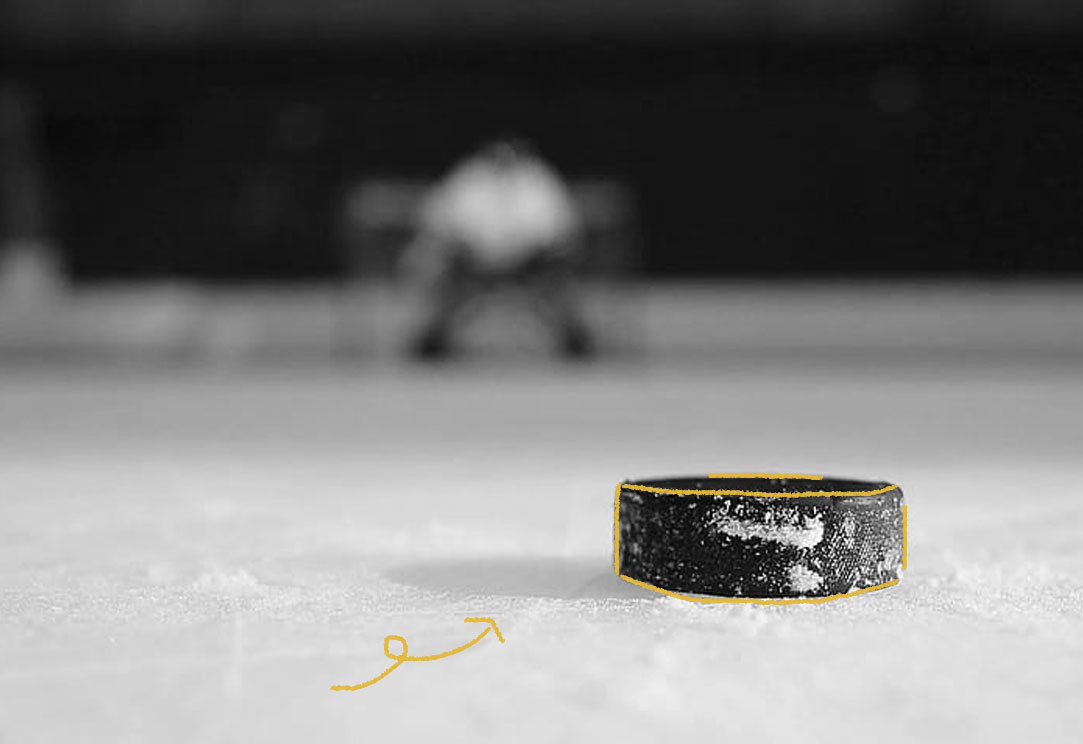The earliest hockey games were played outdoors with chunks of frozen cow dung. When the sport moved indoors, the frozen cow dung was replaced with lacrosse balls. However, rink owners and players soon discovered that it was better to cut the lacrosse balls into thirds and use just the middle chunk. This gave rise to the vulcanized rubber hockey puck we are familiar today. The word “puck” was first recorded in the Montreal Gazette on February 7, 1876. The NHL considers this date the official birthday of the hockey puck, but it is worth noting that early pucks were already in use a few decades prior. By 1885, the design of the hockey puck had become standard and the modernized rubber pucks were being used in all hockey games. In fact, the hockey puck remained virtually unchanged until 1996, when Fox television began using high-tech smart pucks called FoxTrax that included a hidden microchip, allowing the network to superimpose blue and red halos around the puck on television screens during play. Fans were outraged and players argued that the FoxTrax pucks weren’t performing properly on the ice. These vehement complaints combined with the hefty price tag of $50,000 per puck caused the network to retire FoxTrax the following year and games reverted to the tried-and-true rubber pucks, which are still used today. Interestingly, NHL rules require that frozen pucks (which are easier to control) be used during games. Since thawing happens quickly, the puck must be switched out by officials during the game. The average number of times a new frozen puck is brought in during a hockey game is 12, but as many as 22 swaps have been recorded.

Your go-to guide for weird history facts
Subscribe to the FREE daily email that makes learning about history fun.


